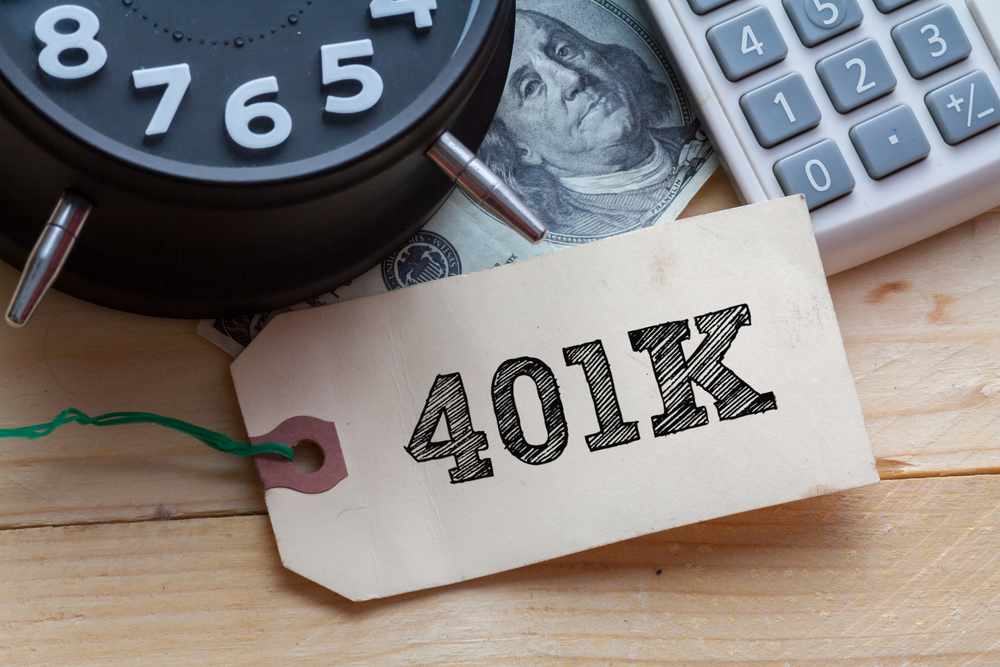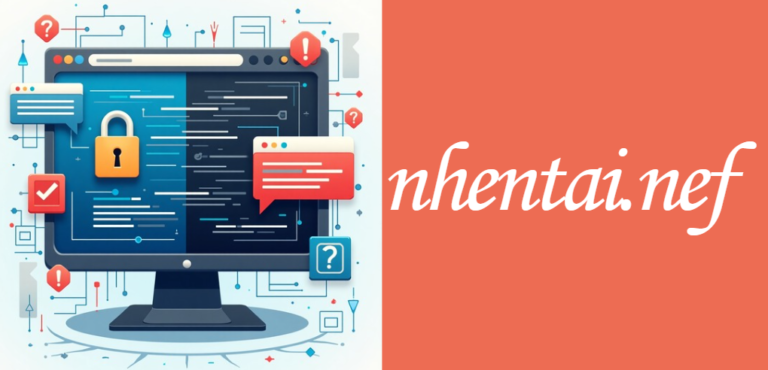How to Withdraw From Your 401(k) Without Penalties
A 401(k) is a powerful retirement savings tool, offering tax-deferred growth and employer contributions that help build long-term financial security. But while saving into a 401(k) is simple, withdrawing those funds can be tricky—and expensive—if not done correctly.
Understanding when and how to access your retirement savings can mean the difference between keeping more of your money or losing it to taxes and penalties. Whether you’re planning ahead or nearing retirement, it’s essential to know the rules for withdrawing from a 401(k).
�� Pro Tip: If you’ve lost track of old 401(k)s or want to uncover hidden account fees, Beagle can help you locate your retirement accounts, reveal costs, and simplify rollovers—potentially saving thousands.
Let’s break down the withdrawal rules, age requirements, and smart strategies to keep your retirement plan on track.
What Is the Legal Age to Withdraw From a 401(k)?
The official age to withdraw from your 401(k) without penalty is 59½. Here’s how it works:
At age 59½ or older: You can begin taking withdrawals without incurring a 10% early withdrawal penalty. However, you’ll still owe ordinary income tax on the amount unless it’s from a Roth 401(k).
Before age 59½: Withdrawals usually come with a 10% early withdrawal penalty, plus income taxes. There are exceptions (explained later) but in most cases, early access is discouraged unless absolutely necessary.
Understanding Required Minimum Distributions (RMDs)
Even if you don’t need your 401(k) money right away, the IRS will eventually require you to take some.
Starting at age 73 (or 75 for those born after 1960), you must begin taking Required Minimum Distributions.
If you don’t take your RMD, the IRS can hit you with a penalty of up to 25% of the required amount.
If you’re still working and don’t own more than 5% of the company, you might be able to delay RMDs from your current employer’s plan. But the rules vary, so it’s wise to consult a professional.
What Are Your 401(k) Withdrawal Options?
There’s more than one way to take money out of a 401(k). The option you choose will impact your taxes, retirement income, and account longevity.
1. Lump-Sum Withdrawal
Take the full amount at once.
This method can push you into a higher tax bracket.
Best for paying off debt or large one-time expenses—but not ideal for tax efficiency.
2. Partial Withdrawals
Withdraw only what you need.
Minimizes tax impact and keeps the rest invested.
3. Scheduled Periodic Payments
Set up monthly or quarterly withdrawals.
Helpful for budgeting during retirement and maintaining steady income.
4. Rollover to IRA
Rolling over to an IRA gives you greater investment flexibility and can help reduce fees.
This strategy avoids taxes if handled correctly.
Want help finding or consolidating your old 401(k) accounts? A trusted service like Beagle Financial Services specializes in tracking down lost accounts and rolling them over efficiently, without hidden surprises.
How to Avoid the 10% Early Withdrawal Penalty
Taking money out of a 401(k) before 59½ usually triggers a 10% penalty, but there are several exceptions:
Disability: If you become permanently disabled.
Medical expenses: If they exceed 7.5% of your adjusted gross income.
Separation from employment: If you leave your job at age 55 or older.
Qualified Domestic Relations Order (QDRO): For divorce-related distributions.
Substantially Equal Periodic Payments (SEPP): IRS-approved withdrawal strategy that avoids penalties if done correctly.
Even when penalties are waived, you still owe regular income tax on the withdrawn amount (except for Roth funds).
Tax Implications of 401(k) Withdrawals
Withdrawals from a traditional 401(k) are taxed as regular income. If you withdraw a large amount, you could easily find yourself in a higher tax bracket, significantly reducing your net income.
To minimize tax impact:
Spread out withdrawals over multiple years.
Withdraw only what you need.
Consider rolling over to a Roth IRA for future tax-free growth (note: taxes apply at the time of conversion).
Why You Should Track Old 401(k)s
Many people change jobs multiple times in their careers and leave behind one or more 401(k) accounts. These forgotten funds may be subject to high fees or poor investment choices.
Using a financial concierge service like Beagle helps you:
Locate and consolidate lost 401(k) accounts.
Uncover hidden administrative or investment fees.
Roll over funds into a lower-cost, more transparent account.
Consolidating your retirement funds in one place makes them easier to manage and can result in better performance and lower costs over time.
Smart Withdrawal Strategies to Maximize Savings
Wait Until Age 59½ or Later
This helps avoid penalties and gives your investments more time to grow.
Use Roth 401(k) Advantages
Roth withdrawals (if qualified) are completely tax-free—a major benefit for long-term planning.
Minimize Withdrawals in High-Income Years
Try to take distributions in years when your taxable income is lower.
Work With a Financial Advisor
A licensed planner can help create a custom withdrawal strategy that maximizes your income while minimizing taxes and penalties.
Common Mistakes to Avoid
Withdrawing too early and facing a 10% penalty.
Taking a lump sum and moving into a higher tax bracket.
Forgetting to take RMDs and facing penalties.
Leaving old 401(k)s unmanaged with high hidden fees.
Failing to plan for taxes during retirement.
Conclusion: Take Control of Your Retirement Withdrawals
Accessing your 401(k) funds is about more than just age—it’s about strategy, timing, and knowledge. By understanding your options and following the rules, you can retire comfortably and securely.
Whether you’re tracking down an old 401(k), trying to avoid excessive fees, or simply want expert help, Beagle offers tools and support to help you make smarter financial choices.
Don’t wait until retirement catches you off guard. Start planning your withdrawal strategy today—your future self will thank you.






